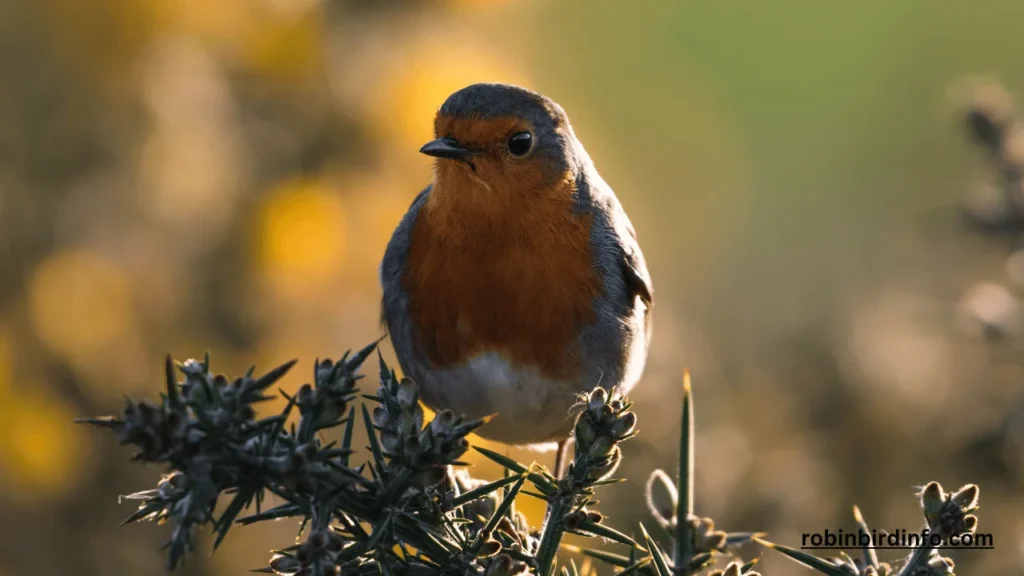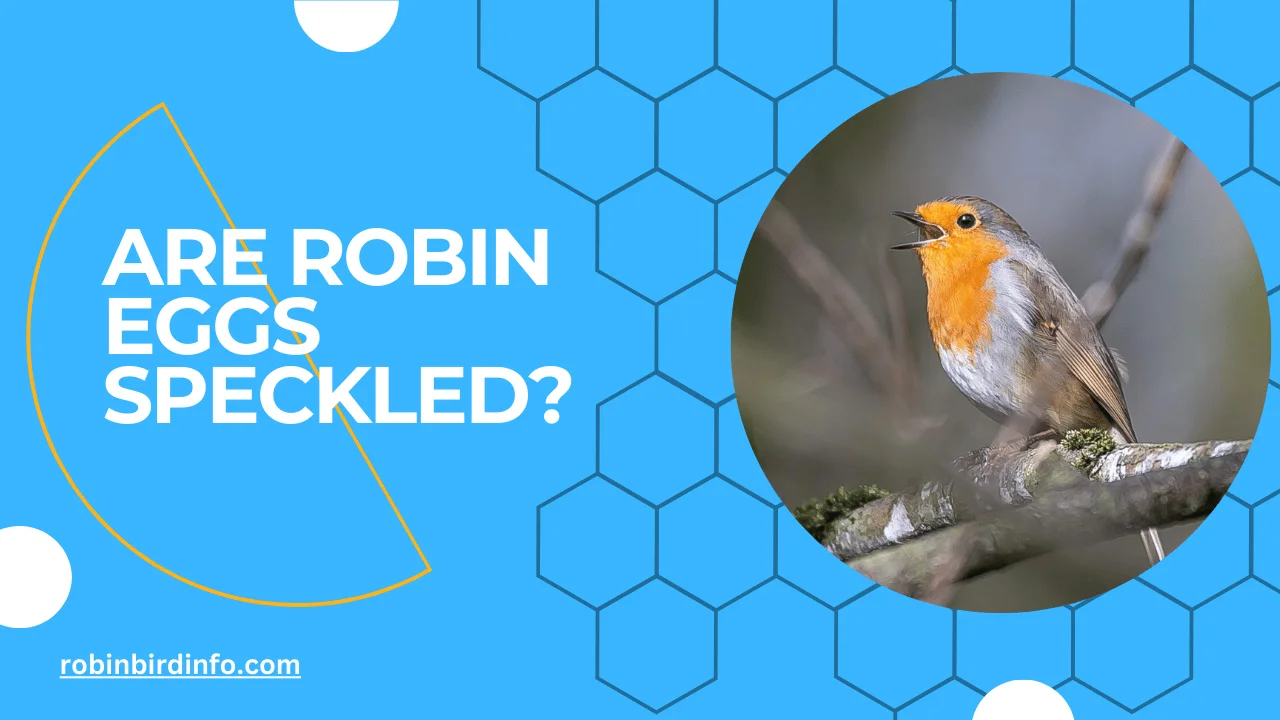Imagine this: you’re peacefully strolling through the park, enjoying the spring sunshine, when suddenly a blur of red flashes past your head.
A robin, feathers puffed out and beak clacking, lets out a fierce chirp before darting back into the bushes. You blink, startled, wondering what just happened. Turns out, the seemingly friendly robin you see hopping on your lawn might have a hidden side – a fiercely territorial one.
This aggressive behavior might come as a surprise.
After all, robins are often seen as symbols of spring and new beginnings, their bright red chests and cheerful songs a welcome sight. But beneath that charming exterior lies a bird with a strong sense of ownership. Understanding why robins become territorial is key to appreciating these feathered neighbors and even, dare we say it, predicting their sometimes-comical swoops!
This blog post delves into the fascinating world of robin territoriality, exploring the reasons behind their fierce defense tactics and what it all means for you, the curious observer.
So, buckle up and get ready to discover the surprising truth about these territorial tiny titans!
Contents
The Predominant Color of Robin Eggs
Blue Coloration: The most striking feature of a Robin’s egg is its beautiful blue color. This unique coloration is due to a pigment called biliverdin, which is produced as a byproduct of red blood cell breakdown. While the exact reason for this specific color choice is still debated, it is believed to play a role in camouflage and thermoregulation.
Variation in Blue Shade: While the predominant color of Robin eggs is blue, there can be subtle variations in the shade of blue. Factors such as genetics, diet, and environmental conditions can influence the intensity of the blue color.
The Role of Egg Color in Camouflage
Camouflage Against Predators: The blue color of Robin eggs helps to camouflage them from predators. When viewed from above, the blue color blends in with the sky, making the eggs less visible to birds of prey and other predators.
The Importance of Nest Placement: In addition to egg color, the placement of the nest plays a crucial role in camouflage. Robins often build their nests in well-hidden locations, such as dense shrubs or trees, further reducing the visibility of their eggs.
Egg Color and Parental Care
Parental Investment: The blue color of Robin eggs may also serve as a signal to parents about the quality of the eggs. Brighter blue eggs may indicate healthier embryos and may receive more parental care.
Egg Recognition: Both male and female Robins can recognize their own eggs based on their color and pattern. This helps to ensure that they focus their care on their own offspring.
The Impact of Environmental Factors on Egg Color
Diet: The diet of adult Robins can influence the color of their eggs. A diet rich in certain pigments may result in eggs with a more vibrant blue color.
Climate and Weather: Environmental factors such as temperature and humidity can also affect egg color. Extreme weather conditions may influence the availability of certain pigments and affect the overall color of the eggs.
Conservation Implications

Habitat Loss and Fragmentation: Habitat loss and fragmentation can negatively impact Robin populations and their breeding success. The loss of suitable nesting and foraging sites can reduce the number of successful breeding attempts.
Pesticide Use: The widespread use of pesticides can harm Robin populations by reducing the availability of insect prey and potentially impacting egg quality.
Conservation Strategies: To protect Robin populations, it is important to conserve their habitats, reduce pesticide use, and promote bird-friendly landscaping. By creating a healthy environment, we can help ensure the continued survival of these beloved birds.
Conclusion
The distinctive blue color of Robin eggs is a fascinating aspect of their reproductive biology.
This coloration serves multiple purposes, including camouflage, parental care, and potentially signaling egg quality. By understanding the factors that influence egg color and the role it plays in Robin ecology, we can appreciate the intricate details of their life cycle.
FAQ’s
Why are Robin eggs blue?
The blue color of Robin eggs is due to a pigment called biliverdin, which is a byproduct of red blood cell breakdown. This coloration helps to camouflage the eggs from predators.
Do all Robin eggs look the same?
While the predominant color of Robin eggs is blue, there can be slight variations in the shade of blue. Factors such as genetics and environmental conditions can influence the exact color.
How many eggs does a Robin typically lay?
A typical Robin clutch size is 3-4 eggs.
How long does it take for a Robin egg to hatch?
The incubation period for Robin eggs is approximately 12-14 days.
What threats do Robin eggs face?
Robin eggs face various threats, including predation from cats, snakes, and other animals. They are also vulnerable to harsh weather conditions and human disturbances.
Can I touch a Robin egg?
It’s best to avoid touching Robin eggs, as human oils and bacteria can harm the eggs and the developing embryos. If you find a fallen Robin egg, it’s best to leave it alone or contact a wildlife rehabilitation center for advice.








